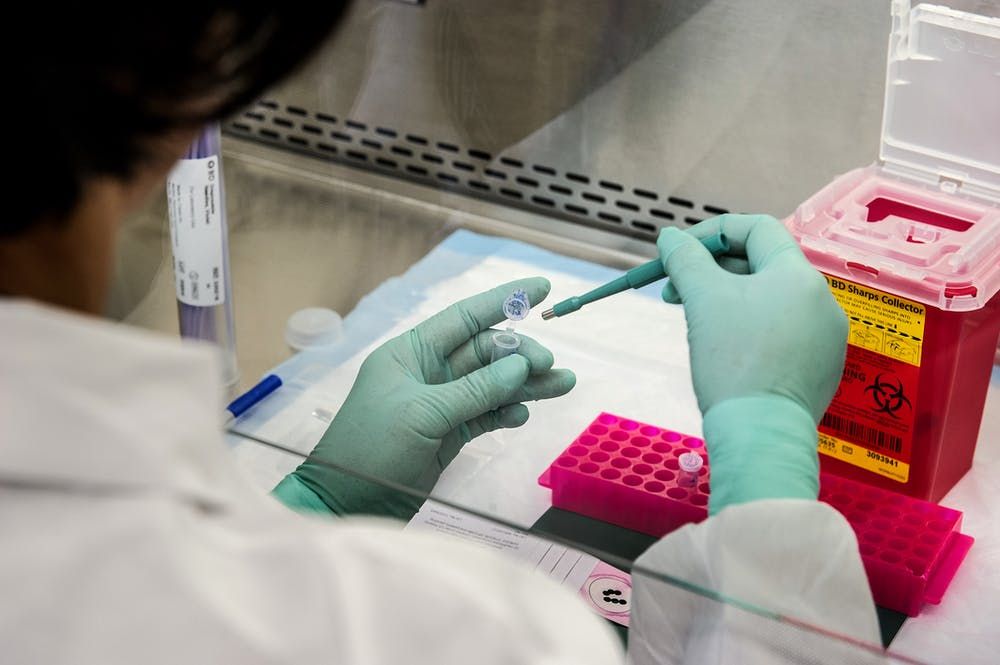Coronavirus Damages Lung Cells in Just Hours
Molecular profiling of SARS-CoV-2-infected cell lines revealed pathways co-opted by the virus.

Recent findings published in the journal Molecular Cell discuss the creation of the most comprehensive map to date of the molecular activities triggered by an infection with the coronavirus disease 2019 (COVID-19) inside of lung cells. The research was conducted by a team of collaborators from Boston University’s (BU) National Emerging Infectious Diseases Laboratories (NEIDL), the Center for Regenerative Medicine (CReM) at BU's Medical Campus, and BU's Center for Network Systems Biology.
The team of investigators undertook a months-long pursuit in an attempt to discover the impact COVID-19 has on the lungs and to find potential existing FDA-approved therapies that may help to treat the disease.
"What makes this research unusual is that we looked at very early time points [of infection], at just one hour after the virus infects lung cells. It was scary to see that the virus already starts to damage the cells so early during infection," Elke Mühlberger, a senior author on the study and a virologist at BU's NEIDL said.
The team grew human lung air sac cell organoids and infected them with the SARS-CoV-2 virus, tracking what happened in them within the first few moments of the infection.
Findings showed that as the virus takes over lung cells, it changes the metabolic processes and damages the cells nuclear membranes within just 3 to 6 hours. This causes the cells that maintain gas exchange of oxygen and carbon dioxide, allowing us to breathe, to die. As the cells die, they trigger inflammation which can lead to acute respiratory distress, pneumonia and lung failure.
"The most striking aspect is how many molecular pathways are impacted by the virus," Andrew Emili, a senior author on the study and the director of BU's CNSB said. "The virus does wholesale remodeling of the lung cells--it's amazing the degree to which the virus commandeers the cells it infects."
Additional findings discovered that at least 18 existing therapies have the potential to be repurposed to fight the virus, with 5 of them showing the ability to reduce the spread of COVID-19 in lung cells by more than 90%.
"Science is the answer--if we use science to ask the lung cells what goes wrong when they are infected with coronavirus, the cells will tell us," Darrell Kotton, another senior author on the study said. "Objective scientific data gives us hints at what to do and has lessons to teach us. It can reveal a path out of this pandemic."
2 Commerce Drive
Cranbury, NJ 08512
All rights reserved.
